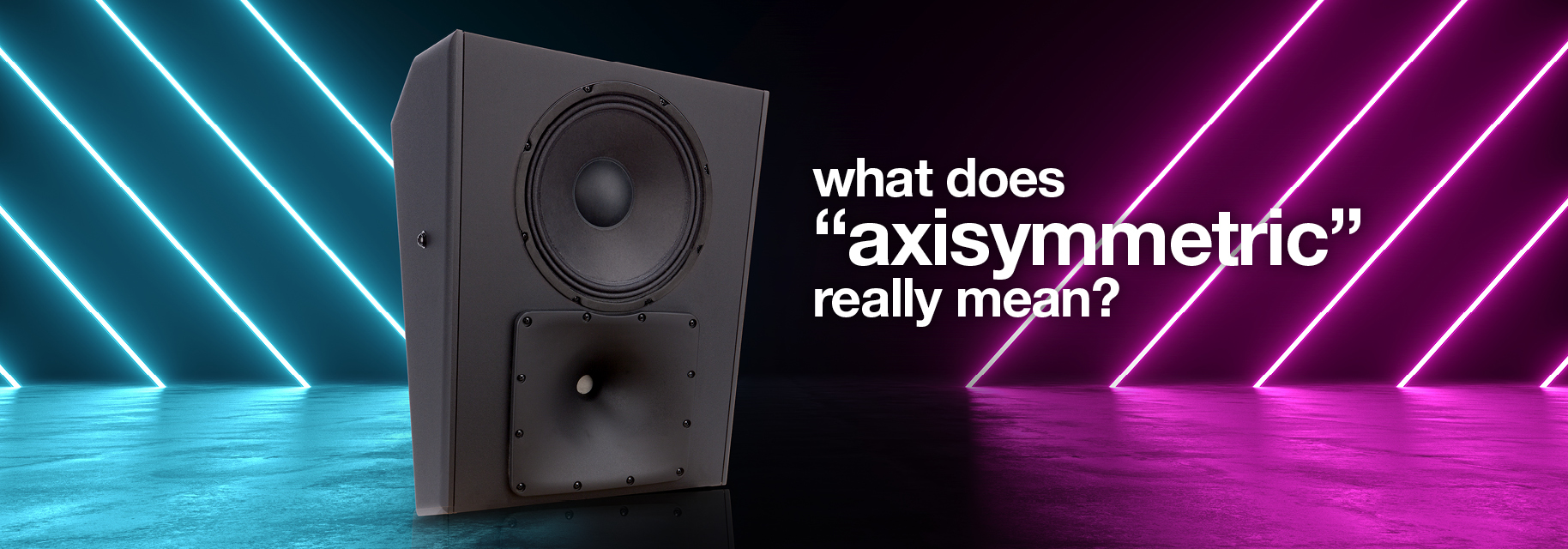
Setting up DCA amps with QSC DataPort processors and DCS Series Loudspeakers is fast and easy because a single HD-15 cable carries all connections between the amplifiers and processor. Dual channel audio input, control of AC standby mode, amplifier output monitoring and even impedance measurement of loudspeaker loads are all accomplished via a single DataPort cable … Weiterlesen




